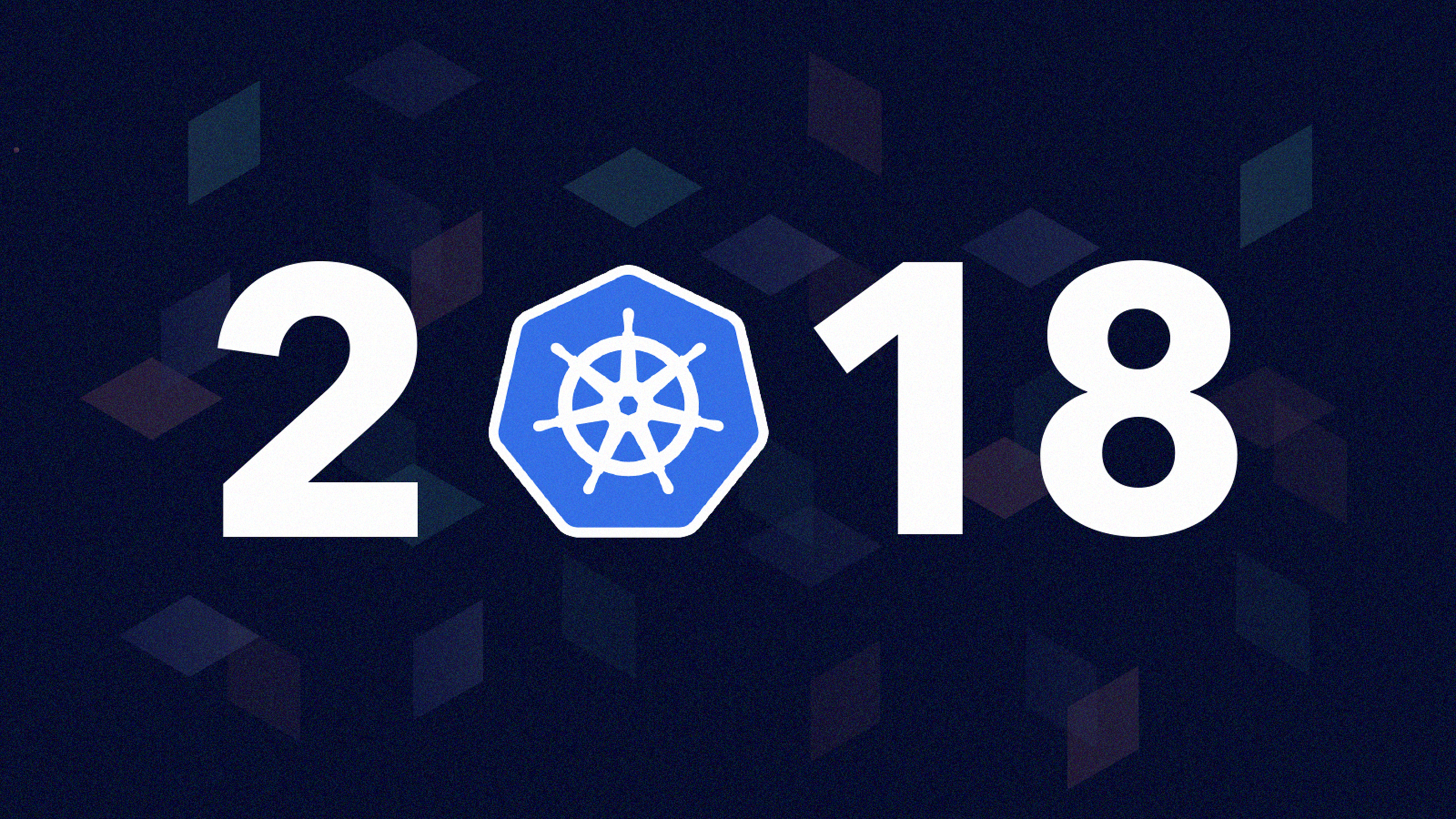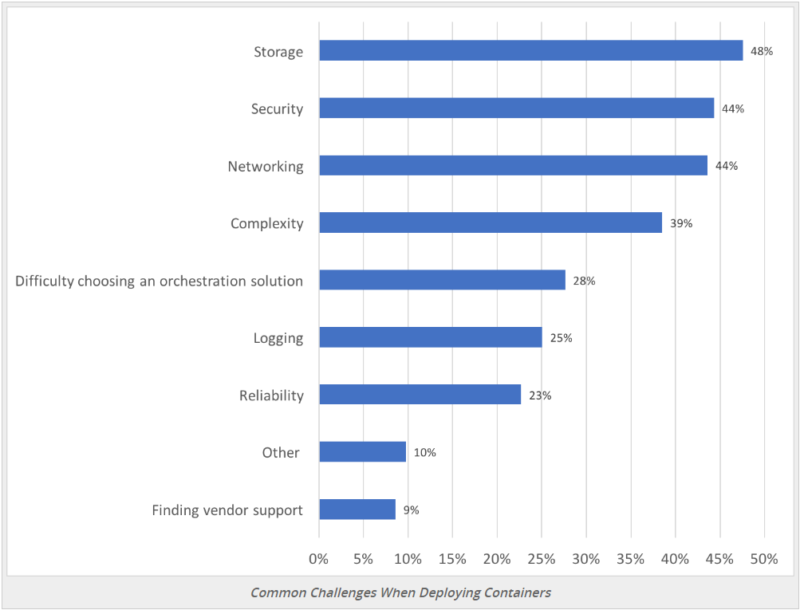In 2017 Kubernetes became essentially free. With
commodification, the market trend is now "batteries included" in larger solutions that add management and integrations instead of simply asking for premium to support the Kubernetes cluster itself. This dynamic is in stark contrast to Apache Hadoop where the user typically purchases the solution layer. The cost of Kubernetes is now associated with southbound solutions to manage the cluster and parallel solutions that ease integrations for needed annicaliry solutions - data, machine learning, CI/CD, etc.
In behavioral economics there is a concept of
Zero Price Effect where there is a nonlinear jump in demand when something becomes free. One would expect that 2018 will see a jump in adoption in distributed microservices-based applications as the price of using one of the key components - Kubernetes - is now free.
2018: You Pay For Solutions That Include Kubernetes For Free
Organizations that continue to pay a premium for the Kubernetes cluster itself in 2018 are burning money because the general market trend is to offer it free as part of a larger solution. Kubernetes is now included in multiple solutions that offer compelling value such as easy management and integrations with other open source tools needed to build applications - whether connected cars or machine learning for IoT connections. The price point for anything related to Kubernetes is now Southbound - e.g. the resource or infrastructure management of the cluster - or parallel for other services typically needed to design a solution - data, CI/CD, and so on. As open source Kubernetes, the pure play version inter-operable among vendors and providers (not vendor code forks), became the standard for the mass majority of providers and vendors, the price was pushed to zero and customers should reap the benefits in 2018.
2018: Kubernetes Emerges in Edge Computing
One of the more interesting use cases for distributed systems is having identical clusters across remote locations to create a smaller replica of an organization's data center or public cloud environment. There has always been data, workloads and applications that needed to be close to the consumer for latency reasons. I remember one public cloud customer telling me "yeah, it is true we moved everything to AWS unless you count our hundreds of data centers" (they were referring to a vast content delivery network they had around the globe). The edge cloud is needed for a variety of computational heavy use cases from real-time decision engines to predictive analysis. Good examples of this architecture come from how Walmart uses Kubernetes to push its custom logistics software to 200 fulfillment centers or how
Royal Caribbean uses DC/OS to deliver solutions to each one of their cruise ships. One can imagine this getting pushed to many other areas of our lives as our cars, homes, offices, and cities become smarter.
2018: Kubernetes Networking Service Mesh, Security and Storage Continue to be Hot Topics
According to the regular CNCF poll conducted of the Kubernetes community, the largest challenges when deploying containers are storage, security, networking and the general complexity behind those crucial parts of production cluster:
source: https://www.cncf.io/blog/2017/06/28/survey-shows-kubernetes-leading-orchestration-platform/
Many Kubernetes users I have talked to are going to have to revisit the network at some point because they are not designing for scale or security. Securely exposing many dynamic microservices to the outside world is difficult because their location is constantly changing. In Mesosphere DC/OS, we
address this challenge with Edge-LB, a Layer 4/7 load balancer. Edge-LB allows users to scale up and down within failure domains and more.
Interest in service mesh and networking standards will continue to rise. Matt Klein emphasized this in his stump speech on his path to developing Istio when he talked about a definite point when tracking the networking management of the services became unwieldy. Most organizations I have talked to are not at the size and sophistication currently that they need to implement this urgently, but it will definitely increasingly be on the radar as environments grow.
The Container Storage Interface (CSI) is now Alpha in Kubernetes. Access to storage is one of the biggest requests for developers and the ability to easily attach volumes will make management easy for operations. Future CSI development will be a big topic in 2018.
2018: Kubernetes has a User Focus on Solutions
Kubernetes is ultimately a tool for a larger, often customer facing, solutions. For example, we tend to talk about solutions like Gmail but not about the Borg orchestration and Google F1 database that back it. Organizations can get Kubernetes anywhere. Kubernetes is ubiquitous, mostly pure, and free. From now on, the focus is on solutions that make Kubernetes easy to manage.
Learn more about Kubernetes
Written by the founders of Kubernetes, "Kubernetes: Up & Running," is the definitive guide to containerized application development. This free eBook excerpt will help you understand how to build, deploy, and maintain more reliable, scalable distributed systems.



